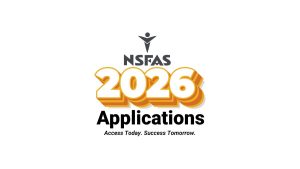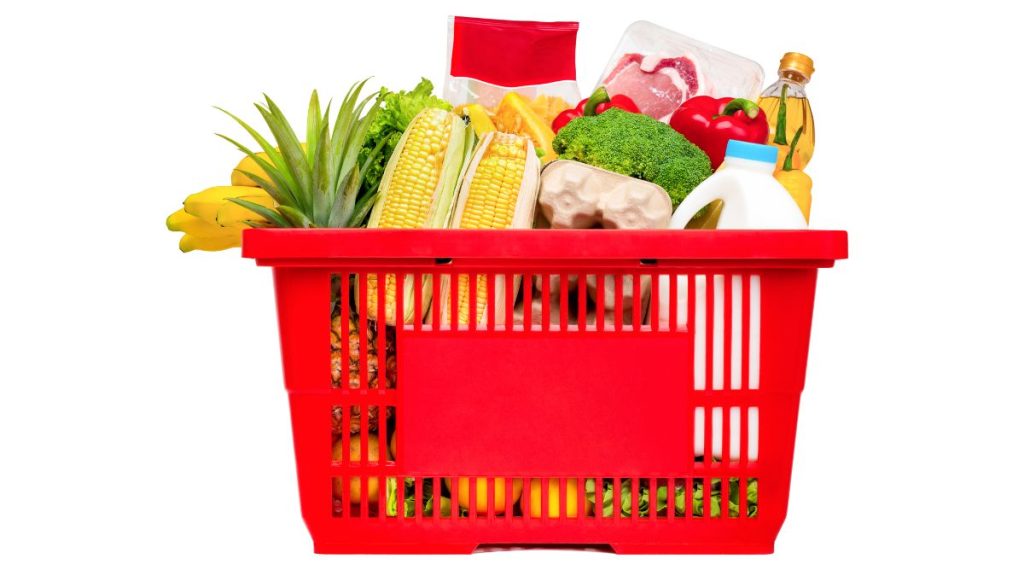The Household Food Basket South Africa 2025 report by the Pietermaritzburg Economic Justice & Dignity Group (PMBEJD) reveals growing pressure on low-income households.
In September 2025, the national average cost reached R5 619.58, showing a modest year-on-year increase of about 1.5 to 2 percent. Despite this moderate rise, food inflation continues to outpace wage growth and overall inflation.
Food Inflation Trends and Monthly Costs
In 2025, food inflation averaged between 4 and 5 percent, compared to a consumer inflation rate of around 3.3 percent according to Stats SA. This has deepened the affordability crisis for families relying on the National Minimum Wage, which stands at roughly R4 850 per month. For many South Africans, this income does not stretch far enough to meet even basic nutritional needs.
The PMBEJD food basket, which tracks 44 essential grocery items consumed by a household of seven, shows continued increases in the price of meat, poultry, and vegetables.
| Month | Average Cost (ZAR) | Monthly Change | Main Factors |
|---|---|---|---|
| January | 5 433.70 | +0.9 % | Potatoes, onions, and chicken rose by 5–7 % |
| March | 5 329.36 | +0.3 % | Stable maize meal prices kept inflation low |
| April | 5 420.30 | +1.7 % | Price growth strongest in Johannesburg |
| June | 5 443.12 | −0.4 % | Decline in Durban due to competitive pricing |
| September | 5 619.58 | +2.2 % | Meat and vegetable costs increased again |
Regional Cost Differences
Food prices remain highly uneven across South Africa. Durban continues to record the lowest average food basket price, while Johannesburg and Springbok remain the most expensive.
| City | Average Cost (ZAR) | Change | Notes |
|---|---|---|---|
| Johannesburg | 5 750 | Increase | Higher meat and vegetable prices |
| Durban | 5 400 | Decrease | Strong competition among retailers |
| Cape Town | 5 650 | Increase | Protein costs rose despite lower vegetable prices |
| Pietermaritzburg | 5 100 | Decrease | Locally sourced produce lowered costs |
| Springbok | 5 700 | Small drop | Transport and supply chain costs keep prices high |
Minimum Nutritional Basket and Poverty Impact
The minimum nutritional food basket for a family of four costs around R3 700 to R3 900. This equals about R920 per person, still higher than the food poverty line of R796 per person. With the Child Support Grant at R560 per month, many families remain unable to meet basic dietary needs.
Protein items like chicken livers and beans continue to rise in price, while hygiene and household products are reducing what families can spend on food. Many households are now forced to spend less than half of what is required for a nutritionally adequate diet after paying for electricity and transport.
Policy Actions and Economic Outlook
Economic and social justice groups are urging government action to expand the zero-VAT food list to include more essential products. The current VAT charge adds about R331, or 6 percent, to the average monthly household food basket. Removing VAT on items such as peanut butter and tinned fish would reduce food costs for millions of South Africans.
Food insecurity continues to affect about one in four households nationwide. Without targeted policy changes, the affordability gap between income and nutrition is likely to widen.
Check also: Inflation and Deflation in South Africa: How They Impact Your Wallet and Future
While the October 2025 PMBEJD report is not yet released, forecasts suggest that overall inflation will remain around 3.4 percent, with food inflation near 4.4 percent. Prices for transport and logistics are also expected to rise before the festive season, putting additional pressure on household budgets.










